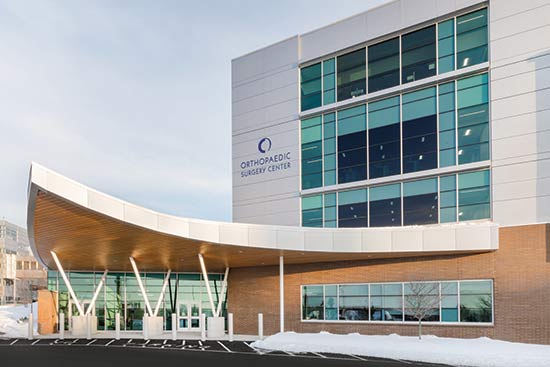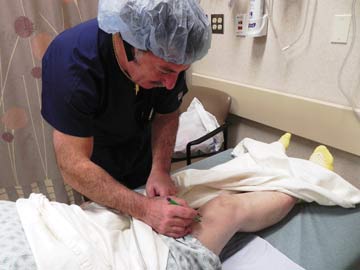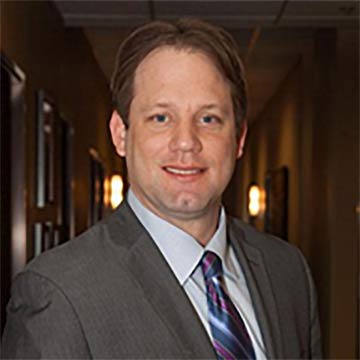As more freestanding surgery centers come online, their value to their communities and the nation is clear.
 CREDIT:
Ridgelight Studio
CREDIT:
Ridgelight Studio CASE CATCHER Concord (N.H.) Orthopaedics' new Orthopedic Surgery Center is set to handle a growing influx of hip, knee and spine cases that previously were performed more expensively at inpatient hospitals.
Ambulatory surgery centers (ASCs) are projected to save Medicare an estimated $73.4 billion from 2019 to 2028 thanks to an increasing number of procedures being performed at ASCs instead of hospitals, a study by KNG Health Consulting shows. The massive potential future savings figure was derived in part by estimating which additional procedures are expected to move from hospital outpatient departments (HOPDs) to ASCs.
The study, commissioned by the Ambulatory Surgery Center Association (ASCA), researched work performed at the more than 5,800 Medicare-certified ASCs across the country. Examining Medicare claims from ASCs and HOPDs along with other publicly available data, the study found reimbursement rates for those ASCs were, on average, half of what HOPDs received for identical procedures. That, of course, means CMS enjoys a 50% savings every time one of its beneficiaries chooses to have their elective surgery at an ASC instead of at an HOPD.
ASCs already saved Medicare an estimated $28.7 billion from 2011 to 2018, the study shows. Those savings, to a large degree, came from a stable group of high-volume procedures such as colonoscopies and cataract surgeries. The projected jump in savings to $73.4 billion by 2028 assumes those procedures continue at ASCs, while the migration of more complex procedures such as total knee arthroplasty (TKA) and knee mosaicplasty migrate from HOPDs to ASCs.
"The ASC share of TKA and knee mosaicplasty is estimated to increase from 13.4% in 2020 to 18% in 2028, growing at 3.7% percent annually," states the study. "If the growth rate of outpatient TKA matches growth previously seen in partial knee arthroplasty, ASC savings would be $2.95 billion from 2020 to 2028 for this one procedure alone."
The study also contained a warning to policymakers who undoubtedly want the financial pressures on Medicare to decrease: Don't allow the reimbursement disparity between ASCs and HOPDs to grow. A larger gap could discourage more procedures from moving to ASCs if reimbursements get so low compared to what HOPDs receive.
.svg?sfvrsn=be606e78_3)



.svg?sfvrsn=56b2f850_5)